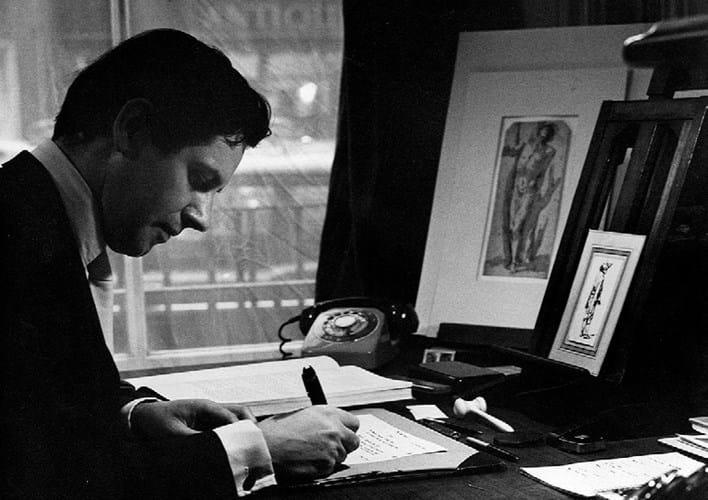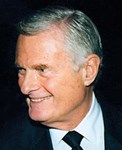He came to England in 1945 and attended Stowe School where he gained his interest in art and in cricket.
He spent his National Service as an infantry officer in the Green Jackets, stationed in Hong Kong.
Back home and de-mobbed, he arranged a small exhibition of James Gillray’s work at a Kensington bookshop. It was there that he was ‘spotted’ by Carmen Gronau, a director of Sotheby’s. She arranged for him to receive his training in the Department of Prints and Drawings at the British Museum and in Continental print rooms prior to joining the firm in 1958.
Richard spent 13 years at Sotheby’s, initially running the Old Master Print Department and then Old Master Drawings, gaining a directorship in the process.
By 1971 he felt he needed a change and he joined his brother-in-law John Baskett at 173 New Bond Street, as Baskett & Day. In those halcyon days when stock was plentiful, Richard mounted a series of excellent exhibitions of Old Master drawings and was one of the first dealers to take these to New York.
After John’s retirement, in 1994 he joined forces with me [a friend, James Faber], and the firm became Day & Faber.
Richard’s knowledge and expertise, of Italian and Dutch drawings in particular, was lightly held. An autodidact, who had learnt by working in the great print rooms of Europe, he had an extraordinary visual memory. His reaction to art was visceral rather than intellectual and he had the unerring ability to judge drawings on their quality and success of composition.
It is perhaps not a surprise that he was a talented artist in his own right, and a passionate gardener. He loved reading and wrote and self-published his memoirs, Artful Tales.
Richard was a man of certain contradictions: a Luddite around new technology but at the same time an original thinker bursting with novel (if sometimes impractical) ideas. A great traditionalist in deportment and dress but completely non-judgmental as to how others lived their lives. And his fine visual memory for drawings did not always extend to recognising people – a potential drawback when on an art fair stand. But he had a great many friends.
Richard did an enormous amount to establish and grow the market for Old Master drawings into what it is today. In the 1980s he worked closely in building the collections of the Getty Museum and over his long career he bought and sold many important drawings.
But perhaps his greatest gift was his ability, through his love of drawings and gregarious personality, to introduce others to the joys of the field.
Richard leaves his wife, Sue, two daughters, Emma and Lucy and two grandchildren.
From James Faber












